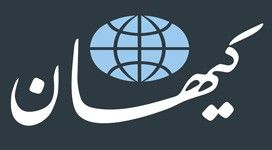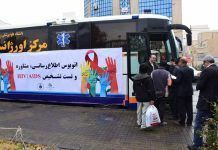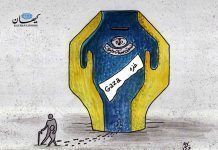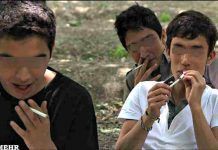October 25, 2016
The high rate of violent incidents in Iran has been covered regularly and extensively by the national media as the troubling trend has affected every segment of society.
According to a recent study, the coroner and medical examiner’s offices log 66 violent incidents every hour. The data indicating one case of per minute does not include victims of verbal, emotional, or psychological abuse.
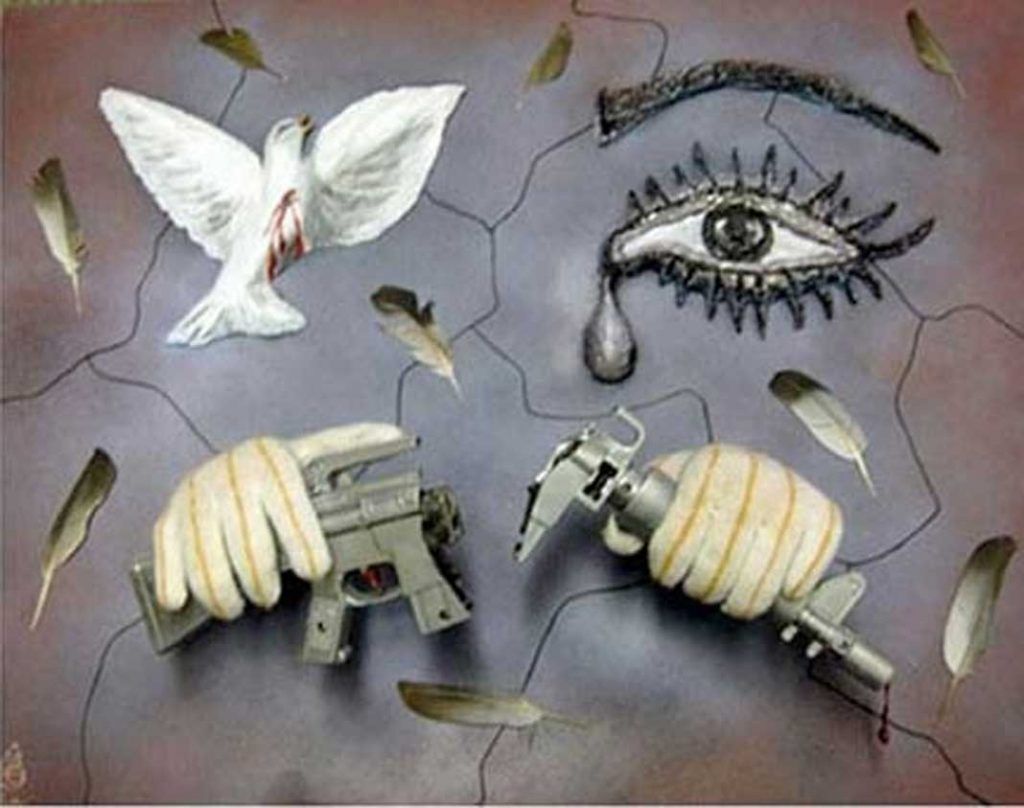
Victims of street violence
Some reports suggest that close to 600,000 victims of street violence are admitted to hospitals every year.
The head of the Judicial Organization of the Armed Forces, Musa Samimi, believes that there is a direct correlation between unemployment, financial and emotional stress, and the rise in violence. Samimi warns that the physical punishment of children and adolescents, both at home and in school, has created a generation of young people that is prone to violence.
Although corporal punishment in schools is against the law, number of news reports about teachers physically punishing their students have increased. The most recent incident was at an elementary school in Sistan and Baluchestan Province. Qeysar Qaderi, a fifth grade student, was rushed to the hospital, suffering from serious injuries after taking a beating with a metal pipe from his teacher, for being “playful” in the classroom.
Qeysar is not alone. A number of students in the city of Yazd were admitted to the emergency room after suffering beating by their teacher.
Qeysar’s teacher has been fired, but the teacher in Yazd remains in his job, despite a formal grievance filed by the parents of the injured students.
Corporal punishment in schools
Physical punishment of children is prevalent in many schools in Iran.
In another incident, five students at Taleqani school in northern Golestan Province were severely beaten by a teacher with a history of violent behaviour. In the previous year, two young boys had received medical treatment at the local hospital after being physically disciplined by the same teacher.
Most grievances filed by parents against teachers with behavioural problems, however, are not investigated properly. In some cases, the teacher in question is simply transferred to another school.
Ironically, a regime that has imposed many ideological rules and regulations on its citizens, is unwilling or incapable of enforcing laws to prohibit violence against children.The Shahrvand Daily has published alarming statistics regarding child abuse in Iran. According to the article, there are at least 150,000 recorded cases of child abuse in the past year alone.
Some experts believe that only one in ten cases of child maltreatment are registered with hospitals, the office of the coroner, or the police. It is estimated that close to 1.5 million children are physically abused every year; that statistic pales in comparison to the number of children suffering verbal, emotional and psychological abuse either at home or at school.
Violence against women
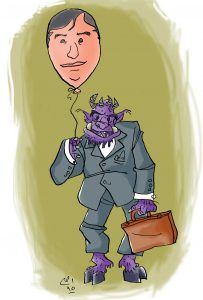
kayhan.london©
Despite increased public awareness regarding the widespread problem of domestic abuse in Iran, violent acts against women remain alarmingly high.
Mohammad-Ali Esfanani, spokesperson for the Majlis’ (Iranian parliament) Legal and Judicial Committee, has released a report on domestic violence which states: “the number of women aged 15-44 who die from cancer in Iran equals those who are killed as the result of domestic violence in the same age group.”
The report further explains that women are subjected to four types of abuse: physical, emotional, psychological, and economic.
According to Esfanani, only 35 percent of incidents involving physical assault are reported to the police. He adds: “In many instances the complaint is withdrawn before the case reaches trial.” Esfanani believes that in most instances women withdraw their complaint because they fear reprisal, which, in his opinion, represents another form of abuse. Esfanani points out that nine percent of married women in Tehran suffer spousal abuse while that figure is significantly higher in small towns. It is estimated that 19.9 percent of all domestic violence cases involve physical assault.
Fatemeh Zolghadr, a reformist MP, cites the lack of effective legislation as one of the reasons for widespread domestic violence. She says: “ Passing laws that safeguard women’s rights and protects them against domestic violence is the priority of this government.”
Promoting rape
In August 2016, Memari News, an independent website dedicated to news about architecture, published a document sighting a number of government-owned properties that had ended up in the possession of a few individuals including city and government officials.
In an angry response to the report, Abolfazl Qana’ati, an influential member of Tehran’s city council said: “We should send the sister of whoever has published the report to live with ISIS for a week.” The statement shocked other members of the city council and received a number of reactions from internet users: “Why do you spend so much money in Syria when a city official wishes to export Iranian women to ISIS?” and “Qana’ati and Tehran City Council are officially collaborating with ISIS in torturing the opposition.”
The fact that the regime in Iran plays a significant role in propagating violence cannot be overlooked. Violence has become a daily occurrence in a country where children wait with their parents in long queues to witness public hangings. Used as a fear tactic, public hangings are one of the most abhorrent forms of violence.
Mass executions, torture, and the killing of political dissidents and civilians alike, has placed the Islamic Republic on the list of countries that are guilty of gross human rights violations.
Pedophilia
Lately, several news outlets have been reporting on a child abuse case which dates back to 2012. The case is against a prominent Qor’anic reciter, Mohammad Gandomnejad-Tousi (a.k.a Saeed Tousi), who has been accused of sexually molesting nineteen under-age adolescents. Saeed Tousi is reportedly Ayatollah Khamenei’s favourite Qor’anic reciter. He has also been invited on numerous occasions to open the Majlis’ proceedings.
All of the nineteen plaintiffs who have accused him of rape, are Saeed Tousi’s former students. Tousi had admitted to the charges that had been brought against him back in 2012 of “Immorality, acts incompatible with chastity, and seducing teens.”
However, further legal action against Tousi had been blocked by Ali Moghaddam, the head of public relations department of the office of Supreme Leader. But the justice department has reopened the case. Tousi denies the charges, claiming that the enemies of the Islamic Republic are using him to embarrass the Supreme Leader. He has threatened to name names if his case were to ever reach trial.
There have been claims that the rape of children and adolescents in the Islamic Republic is widespread and a common occurrence. Speaking about a recent incident of sexual abuse involving a principal of a school in Tehran, Mozaffar Alvandi, Secretary of the National Body on the CRC (NBCRC), said: “It doesn’t appear that the principal had forced himself on the students.” He added: “Some experts believe that these tendencies are organically developed at a certain age.” Alvandi concluded: “I also think that in some cases, these are not forced but rather consensual acts.”
The Iranian government’s attempt to deny, rationalize and explain away sexual abuse of adolescents is a perfect example of how the Islamic Republic deals with the many ills that plague the regime.
[responsivevoice_button voice=”US English Female” buttontext=”Listen to this “]


